The kitchen is still in 2025 considered the heart of the home, but it’s also a common area where fires can originate. Having an extinguisher for kitchen fires is a crucial element of home safety, providing you with the means to respond quickly to potential fires and prevent them from escalating. In this guide, we’ll explore the importance of kitchen fire extinguishers, the best location to store them, their classes and types, proper use, and we’ll list the top 5 kitchen fire extinguishers on Amazon, highlighting their pros and cons.
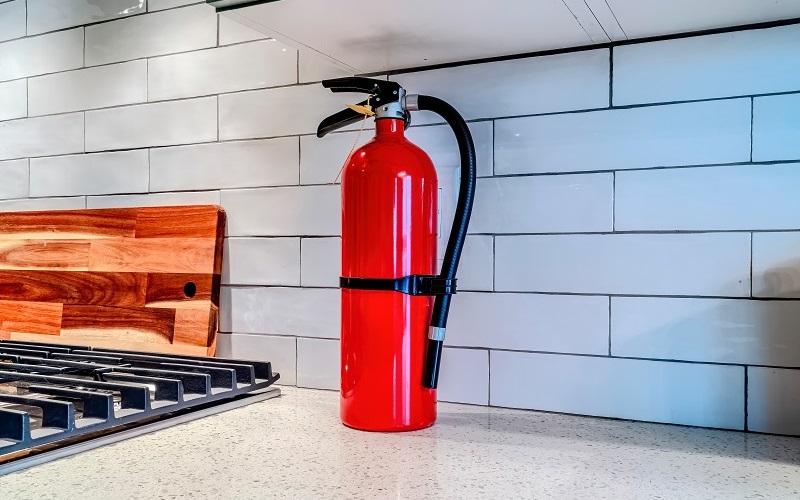
Importance of a Extinguisher for Kitchen Fires:
The kitchen, often considered the heart of the home, is a dynamic space filled with bustling activities, culinary creations, and the use of various electrical appliances. Unfortunately, these elements also contribute to an environment where fire risks are prevalent. Recognizing the significance of a kitchen fire extinguisher is paramount in ensuring the safety of your home and loved ones.
1. Rapid Response to Small Fires:
The primary importance of a kitchen fire extinguisher lies in its ability to facilitate a rapid response to small fires. Cooking activities involving oils, fats, and open flames can lead to sudden flare-ups. Having an extinguisher within arm’s reach allows you to address these incidents promptly, preventing them from escalating into more severe emergencies.
2. Preventing Fire Spread:
A kitchen fire, if left unchecked, has the potential to spread rapidly. The proximity of flammable materials, such as kitchen towels, curtains, or wooden cabinets, increases the risk of a localized fire transforming into a more extensive blaze. A fire extinguisher enables you to contain and suppress the flames, limiting the damage and potential harm to your home.
3. Protection Against Electrical Fires:
The presence of electrical appliances in the kitchen introduces an additional fire hazard. Malfunctions, faulty wiring, or overheating can lead to electrical fires. A kitchen fire extinguisher, designed for multiple fire classes, including electrical (Class C), provides a critical means of tackling such incidents safely.
4. Maintaining a Safe Cooking Environment:
Cooking is a daily activity in the kitchen, and while it brings joy and nourishment, it also presents inherent fire risks. The use of stovetops, ovens, and other cooking appliances demands a heightened awareness of potential fire hazards. A extinguisher for kitchen fires serves as a proactive measure to maintain a safe cooking environment by offering a quick and effective response to unforeseen fire outbreaks.
Secondary Options for Kitchen Fire Safety:
While a kitchen fire extinguisher is a crucial tool, it’s equally important to be aware of alternative methods to address a fire in case you don’t have an extinguisher or it malfunctions:
1. Baking Soda:
For small grease fires on the stovetop, throwing baking soda over the flames can help smother the fire by eliminating its oxygen supply. However, this method may not be as effective for larger fires.
2. Metal Lid or Cookie Sheet:
In the case of a pan fire, placing a metal lid or cookie sheet over the pan can smother the flames by cutting off the oxygen supply. Slide the lid over the pan slowly to avoid exacerbating the flames.
3. Fire Blanket for Kitchen:
A fire blanket is designed to smother small fires by cutting off the oxygen supply. It is particularly effective for covering and suppressing flames on a person or an object making it a great fit in the kitchen.
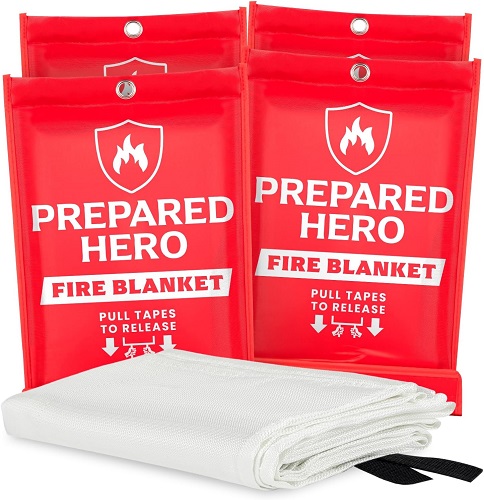
4. Salt:
Like baking soda, salt can be used to smother small grease fires. However, it’s crucial to remember that large fires may not be effectively controlled with this method.
5. Fire Extinguishing Spray:
An alternative to a traditional fire extinguisher, fire extinguishing sprays are designed for ease of use and can be kept in the kitchen. They work by releasing a fine mist that suppresses the flames.
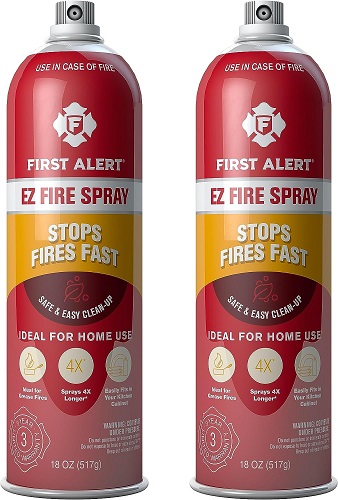
A Holistic Approach to Kitchen Fire Safety:
While a extinguisher for kitchen fires is a cornerstone of fire safety, being aware of secondary options adds an additional layer of preparedness. Remember, the key to effectively managing kitchen fires is a combination of preventative measures, quick response, and the right tools. Regularly check your kitchen’s safety equipment, have an emergency plan in place, and prioritize a safe cooking environment for you and your family.
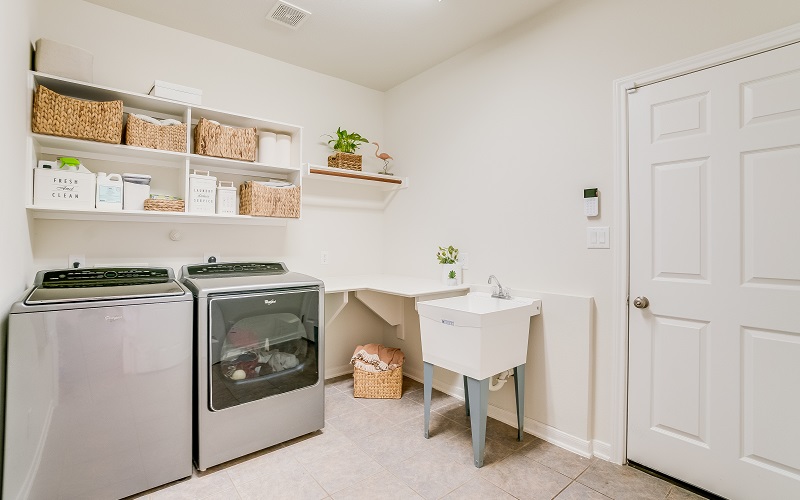
Best Location to Store/Install a Extinguisher for Kitchen Fires:
The most effective location for a kitchen fire extinguisher is within easy reach, preferably near the kitchen exit for a quick escape if necessary. Mount the extinguisher on a wall or keep it on a countertop, ensuring it is easily visible and accessible. Avoid placing it near the stove, as this could make it difficult to reach in the event of a cooking-related fire.
Why Keeping a Extinguisher for kitchen fires Away from the Stove Matters
While having a kitchen fire extinguisher is an essential safety measure, the effectiveness of this tool hinges significantly on its placement within the kitchen space. One crucial aspect to consider is the location of the fire extinguisher concerning the main cooking areas, especially the stove. Let’s delve into the importance of keeping the extinguisher away from the immediate vicinity of the stove for optimal accessibility and safety.
1. Avoiding Obstacles During Emergencies:
Placing the fire extinguisher away from the main cooking areas, specifically the stove, is a strategic move to ensure unobstructed access during emergencies. In the event of a sudden flare-up or fire outbreak, the last thing you need is to navigate around hot surfaces, boiling pots, or open flames to reach the extinguisher. By keeping it away from the stove, you eliminate potential obstacles that could impede your quick response.
2. Preventing Heat-Induced Malfunctions:
Fire extinguishers, like any safety equipment, have temperature limitations. Proximity to the intense heat generated by stovetops and ovens could potentially lead to malfunctions or decreased effectiveness of the extinguisher. Placing it away from direct heat sources ensures that the extinguisher remains in optimal working condition, ready to perform when needed.
3. Avoiding Accidental Discharge:
Placing the fire extinguisher near the stove increases the risk of accidental discharge. The heat and steam generated during cooking activities may inadvertently activate the extinguisher, resulting in the release of its contents. This not only wastes the extinguishing agent but can also create a messy and challenging cleanup situation in the kitchen.
4. Ensuring Quick and Unhindered Access:
Time is of the essence in fire emergencies. Placing the fire extinguisher near the kitchen exit, while still easily accessible, ensures that you can grab it swiftly and efficiently address the fire. This strategic placement minimizes the risk of delays caused by navigating through the cooking area and enhances your ability to respond promptly.
5. Accessible During a Hasty Evacuation:
In more severe fire scenarios, where evacuation becomes necessary, having the fire extinguisher near the kitchen exit ensures that you can grab it on your way out. Placing it in a location that aligns with your escape route enhances overall safety by providing a tool that can be utilized both for fire suppression and as a safety measure during evacuation.
Prioritizing Accessibility and Safety
The kitchen is a dynamic environment with inherent fire risks, and the placement of a fire extinguisher plays a pivotal role in maximizing its effectiveness. While it’s a natural instinct to place safety equipment close to potential hazards, strategic placement away from the main cooking areas, especially the stove, is essential. This ensures unobstructed access, reduces the risk of malfunctions, and facilitates a quick and efficient response in the critical moments of a kitchen fire emergency. Remember, the goal is to make safety measures as seamless and effective as possible, even in the midst of a potentially chaotic situation.

Classes and Types of a Extinguisher for Kitchen Fires:
1. Class K Fire Extinguishers:
- Use: Specifically designed for kitchen fires involving cooking oils and fats.
- Pros: Effective on grease fires and doesn’t leave a residue.
- Cons: Limited effectiveness for other fire classes.
2. ABC Multi-Purpose Fire Extinguishers:
- Use: Suitable for Class A, B, and C fires, making it versatile for various kitchen fire scenarios.
- Pros: Multipurpose use for different fire classes.
- Cons: May leave a residue that requires cleaning.
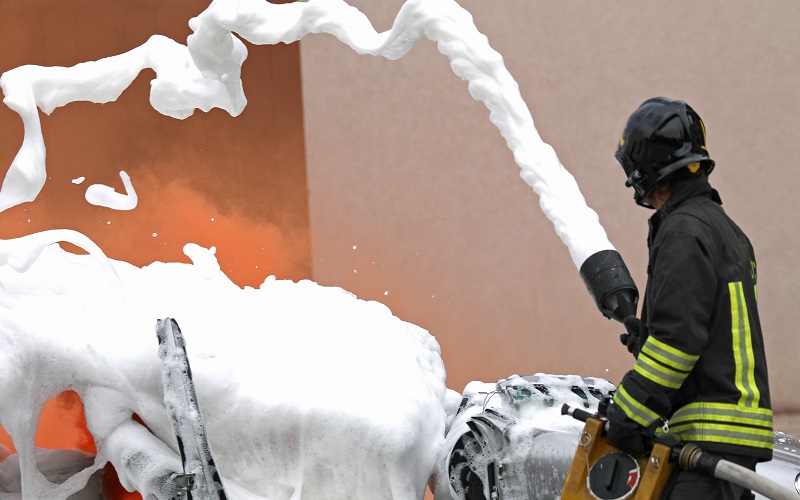
Proper Use of a Extinguisher for Kitchen Fires:
Understanding how to properly use a kitchen fire extinguisher is crucial for effective fire response. Follow the P.A.S.S. method:
- Pull: Pull the pin to break the tamper seal.
- Aim: Aim the nozzle at the base of the fire, not the flames.
- Squeeze: Squeeze the handle to release the extinguishing agent.
- Sweep: Sweep the nozzle from side to side, covering the fire with the extinguishing agent.
Top 5 Extinguisher for Kitchen Fires on Amazon:
1. Kidde Fire Extinguisher for Kitchen Fires, Home Use for Grease Fires, 3.9 Lbs., Wall Mount Included
2. First Alert KITCHEN5 Fire Extinguisher for Kitchen Fires:
- Pros:
Specifically designed for kitchen fires (Class K). - Cons:
Smaller capacity compared to general fire extinguishers.

3. Amerex B402, 5lb ABC Dry Chemical Class A B C Fire Extinguisher:
4. First Alert EZ Fire Spray, Extinguishing Aerosol Spray:
5. Kidde FA110 Multi-Purpose Fire Extinguisher:
Which Is the Best Value?
The best value among the listed options depends on your specific needs. For kitchens, the First Alert KITCHEN5 is specifically designed for kitchen fires (Class K) and offers targeted protection for cooking-related fire risks. Its smaller size is an advantage for easy placement in the kitchen, but if you prefer a multipurpose extinguisher, the Kidde Kitchen Fire Extinguisher, Home Use for Grease Fires is a solid choice with a larger capacity.
How to Use a Extinguisher for Kitchen Fires Using the PASS Method
In conclusion, a kitchen fire extinguisher is a critical tool for home safety, offering you the means to respond swiftly to potential fires. Consider your specific kitchen environment, the types of fires likely to occur, and choose an extinguisher that aligns with those needs. Regularly check the pressure, follow proper usage guidelines, and prioritize safety in the heart of your home.

Term of The Day:
Intumescent Coating: A coating that swells when exposed to high temperatures, forming a protective insulating char layer to delay the spread of fire.
Proudly powered by WordPress
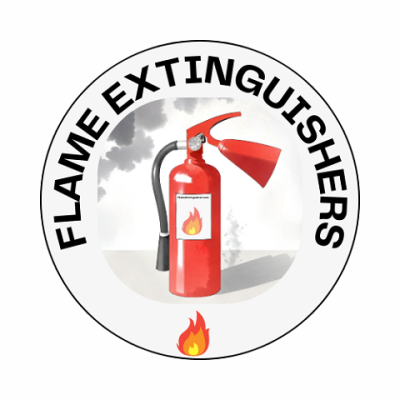

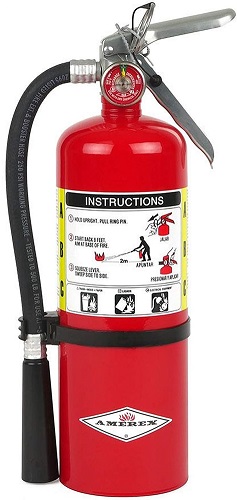

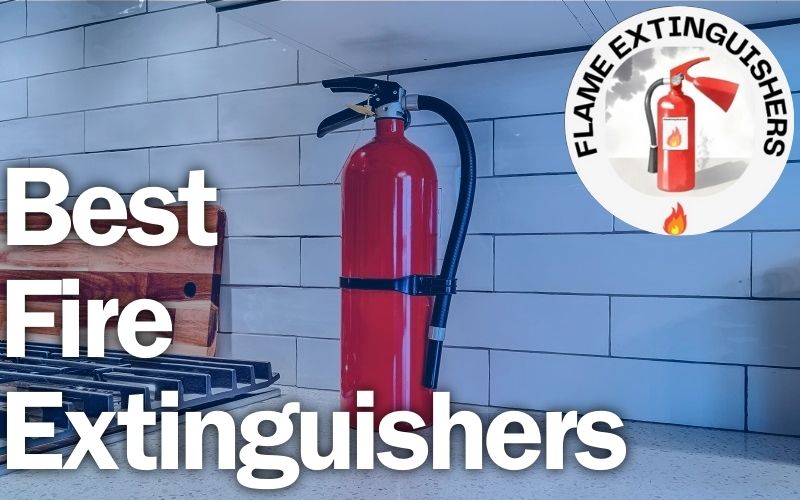
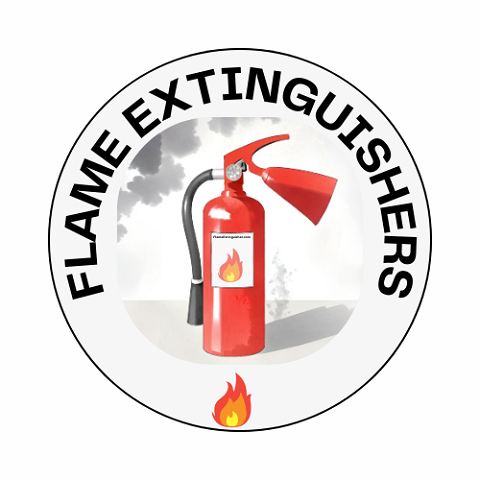
Comments are closed.